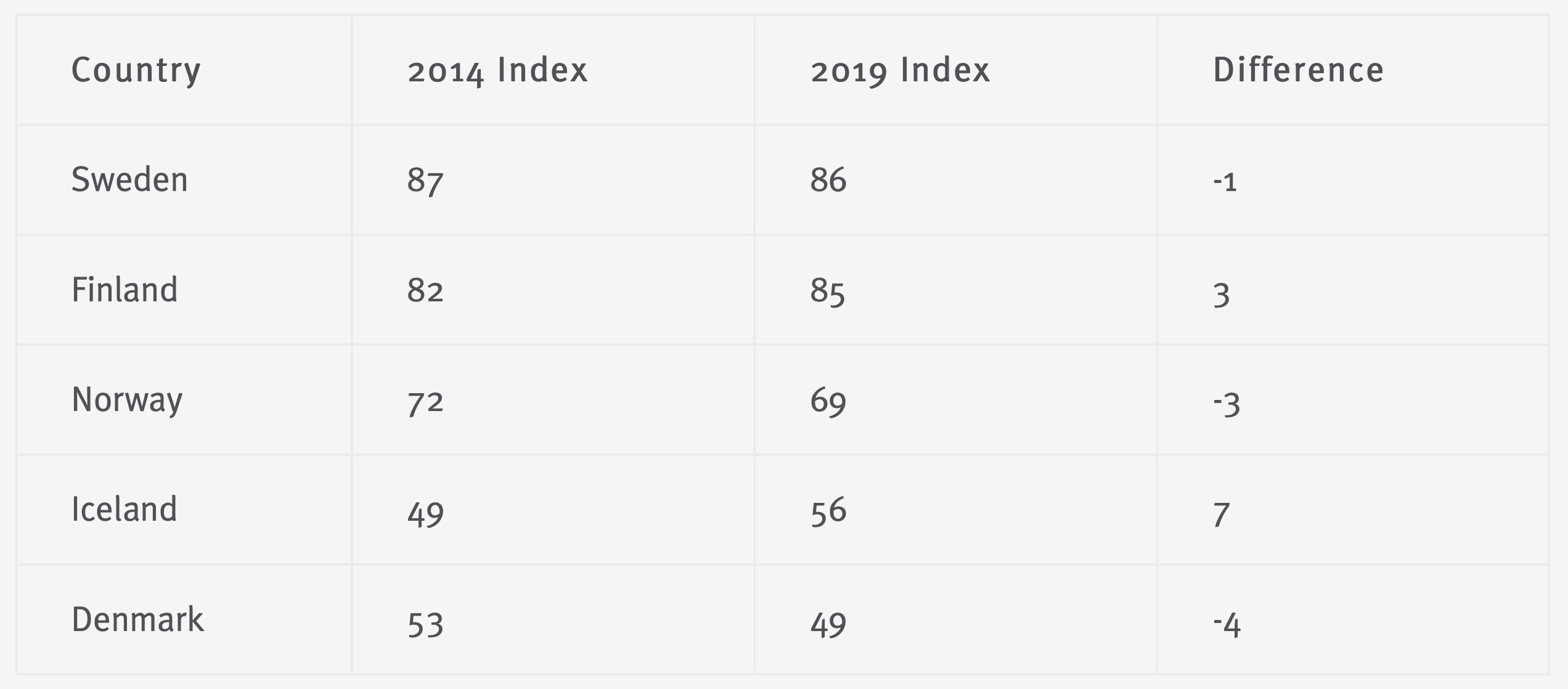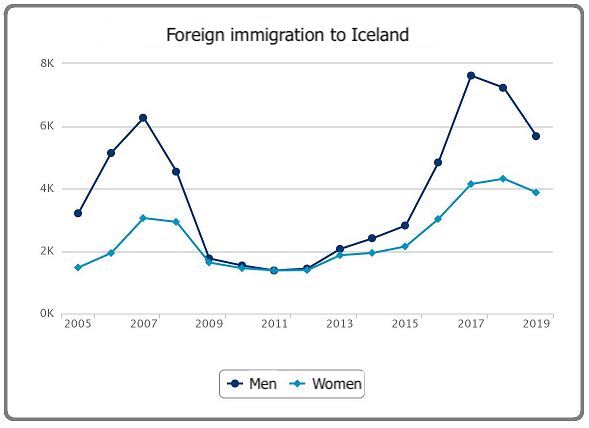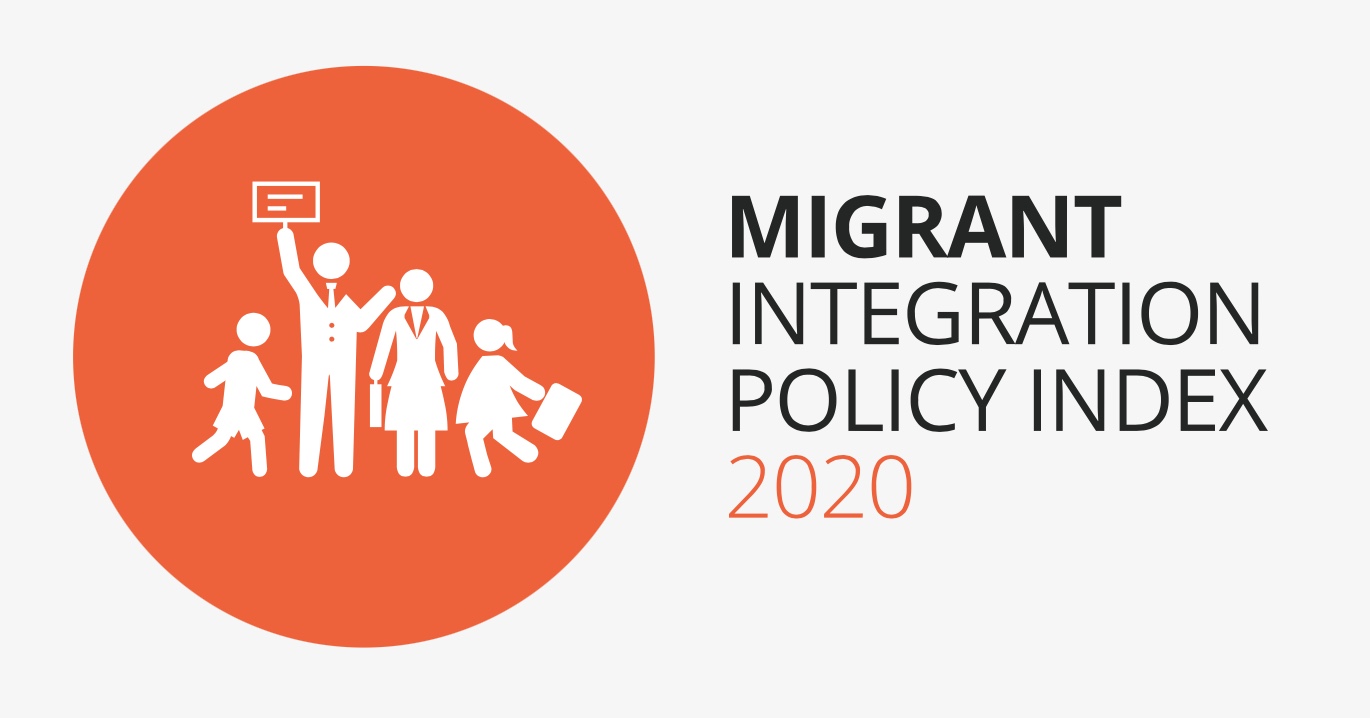Iceland: Immigrants are better protected, says MIPEX
Sweden is still top, but Iceland saw the greatest increase in the 2020 MIPEX migrant integration policy index. The country’s index rose by seven points from 49 to 56 between 2014 and 2019, on a scale of 100. Sweden got 86 points, down one.
The MIPEX report is produced through international cooperation in order to measure the integration policies of 52 countries. It is often used to compare how comprehensive a country’s integration policy is. It does not, however, say anything about how successful the policy is.
A country that only allows in highly skilled workers can for instance get better results than a country that welcomes a large number of low-skilled refugees. As the most recent numbers were published, the Nordic Labour Journal took a closer look at how the MIPEX index is put together.
These are the numbers for the Nordic countries:

The main reason why Iceland gains MIPEX points for 2020 is that the country only started taking in immigrants on a larger scale after the year 2000. The 2008 financial crisis saw immigration numbers fall dramatically before rising again after 2015.

Source: Statistics Iceland
Out of a population of 364,134 on 1 January 2020, 55,354 were immigrants. That is the equivalent of 15.2%. The largest group came from Poland (20,477 people) – just over one third of all immigrants. Then came Lithuania and the Philippines.
Because of having had low levels of immigration for so long, Iceland had not introduced any legislation to protect immigrants from discrimination. Immigrants also had no authority to turn to if they felt discriminated against. As a result, in 2014, Iceland had the worst integration policy in the Nordics according to MIPEX.
But a lot has happened since then:
“Before, Iceland's approach to integration was classified by MIPEX as ‘immigration without integration’ because immigrants to Iceland were denied so many basic rights to participate as equals in Icelandic society. Now, immigrants benefit from a “comprehensive approach” to integration, with more secure basic rights and support for equal opportunities. This shift can be seen as a major recognition of Iceland as a country of immigration, similar to all other Western European countries.”
Some of the most important measures mentioned by MIPEX include legislation to protect both Icelanders and immigrants from discrimination based on race, ethnicity or religion, the setting up of an equality directorate and the fact that also immigrants can be hired for positions in the public sector.
The MIPEX index measures the policies in 8 areas. As seen in the radar graph above the main change has been better anti-discriminatory legislation. The indexes for the different areas are added together to make the overall index. You can find the Icelandic report here.
The large refugee wave of 2015 – 2016 led Sweden to introduce limitations on the right to family reunions, which made the country lose one point in the MIPEX index. Norway also lost three points, while Finland gained three during the same period of time.
The largest negative development was seen in Denmark. The country lost four points in the 2020 MIPEX report and ended up in a group of countries that MIPEX calls ‘Temporary Integration’ countries. The country’s integration politics is described like this:
“Foreign citizens can benefit from access to basic rights and some targeted support for equal opportunities, but they do not enjoy the long-term security to settle permanently, invest in integration and participate as full citizens. Denmark is one of the most insecure of these ‘Temporary Integration’ countries, with policies most similar to those of Austria and Switzerland. Non-EU citizens are left insecure in Denmark, scoring 17/100 on security - nearly the most insecure among all 52 MIPEX countries, alongside Austria and Switzerland.”

 Follow us on Facebook
Follow us on Facebook
